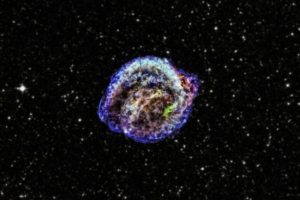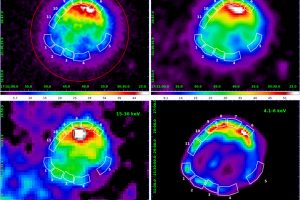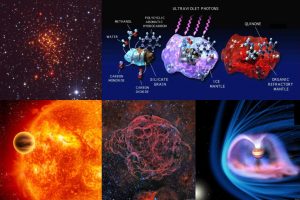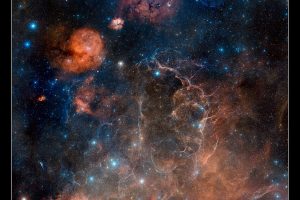The acceleration of cosmic rays in supernova remnants depends on the interaction with the surrounding medium. The study: “Time evolution of the synchrotron X-ray emission in Kepler’s SNR: the effects of turbulence and shock velocity” of V. Sapienza (UNIPA/INAF-OAPA) appeared on ApJ
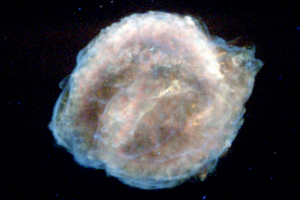
The role of supernova remnants (expanding clouds produced by supernovae) in the acceleration of cosmic rays (high-energy particles present in various astrophysical environments) has been known since 1995. The discovery, made by astronomers from Kyoto University, was made possible by identifying the presence of non-thermal X-ray emission in the supernova remnant SN 1006. X-rays are a type of high-energy radiation
» Read more
